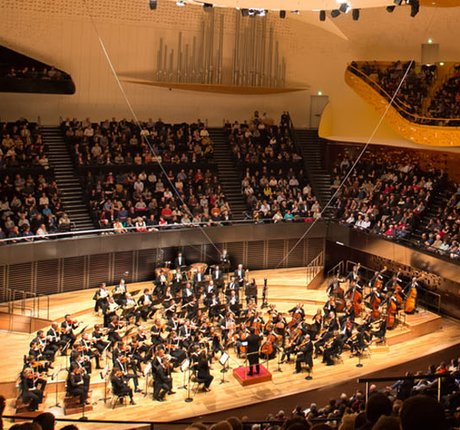Program
Distribution
The meeting of two monuments in the Russian repertoire: Rachmaninov’s Concerto No. 2, the most famous of all, and one of Shostakovich’s most gloriously narrative Symphonies, a page in history and fervent indictment of all tyrannies.
With Piano Concerto No. 2, Rachmaninoff signs his return to success, erasing the failure of the First Symphony. It remains Rachmaninov's most famous work, and would provide enough credits for several generations of television viewers, featuring three of music's most famous themes. Its raging initial solitary movement seems like a definitive departure, but how many glances back over the course of the work? And in which direction does the tender, joyfully overflowing music of the last movement finally run? The paradox of such a famous work is that it demands modesty, and achieving it is a challenge at every concert.
As its nickname suggests, Shostakovich’s Symphony No. 11 was dedicated to the aborted (and harshly repressed) Revolution of 1905, and quoted popular melodies and revolutionary songs. Carrying on the legacy of Tchaikovsky, Mussorgsky and Rimsky-Korsakov, Shostakovich delivered, shortly after Stalin’s death, this seemingly ‘positive’ and ‘programme-worthy’ score, but which did not deceive the sharp eye of poet Ana Akhmatova: its optimism, she said, only existed against the background of drama and pallid skies, as an homage to the ideals betrayed by the Soviet state and to the victims of all repression.

Grande salle Pierre Boulez - Philharmonie
See the venueGetting here
Porte de Pantin station
Paris Underground (Métro) Line 5
Tram 3B
